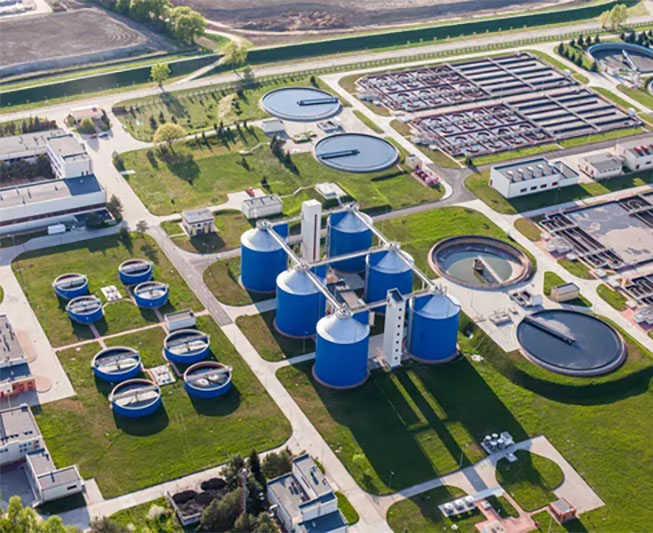- krofta@kroftaengineering.com
- Durga Bhavan A-68, FIEE Complex, Okhla Industrial Area Phase – II, N.D – 110 020
Desalination
How can we help
- Krofta can provide DAF systems for pretreatment in desalination plants
- We can also provide sludge de-watering belt filter presses
DESALINATION
Dissolved Air Flotation (DAF) is a water treatment process that is commonly used in various industries, including desalination plants, to remove suspended solids, oils, and other contaminants from water. In the context of a desalination plant, DAF can play a crucial role in pre-treatment processes to improve the efficiency of downstream desalination methods, such as reverse osmosis (RO) or multi-stage flash distillation (MSF).
Here's how DAF works and its role in a desalination plant:
Dissolved Air Flotation (DAF) Process: DAF involves the introduction of micro-sized air bubbles into water under pressure. These bubbles attach to suspended particles, oils, and other contaminants, causing them to float to the surface. The resulting froth layer can then be mechanically skimmed off, effectively removing the contaminants from the water.

Role in Desalination Plants
- Pretreatment: Seawater contains suspended solids, algae, organic matter, and other impurities that can foul or clog the membranes used in desalination processes. If these contaminants are not removed prior to desalination, they can reduce the efficiency of the desalination process and potentially damage the equipment. DAF serves as an effective pretreatment step to remove these contaminants, thus protecting downstream equipment and improving the overall efficiency of the desalination process.
- Reducing Fouling: In reverse osmosis desalination, fouling occurs when suspended particles or organic matter accumulate on the membrane surface, leading to reduced water flux and increased energy consumption. DAF can significantly reduce the potential for fouling by removing these particles before they reach the RO membranes
- Enhancing RO Efficiency: By removing contaminants that could hinder the performance of the RO membranes, DAF helps maintain a higher flux rate, minimizes the need for frequent cleaning, and extends the lifespan of the membranes. This results in cost savings and more stable desalination plant operation.
- Minimizing Chemical Usage: In some cases, chemicals are used to coagulate or flocculate suspended particles before they are removed in a DAF process. By removing a significant portion of these contaminants through DAF, the amount of chemicals required can be reduced, leading to cost savings and environmental benefits.
- Flexible Application: DAF systems can be adjusted to handle variations in feedwater quality, making them suitable for different desalination plant configurations and water sources.
Sludge dewatering is also an important part of the wastewater treatment process in desalination plants. Desalination plants generate sludge as a byproduct, primarily during the pre-treatment and post-treatment stages. Sludge typically contains concentrated salts, impurities, and solid particles that have been removed from the feedwater or brine. Properly managing and dewatering this sludge is crucial for efficient plant operation and environmental compliance.

